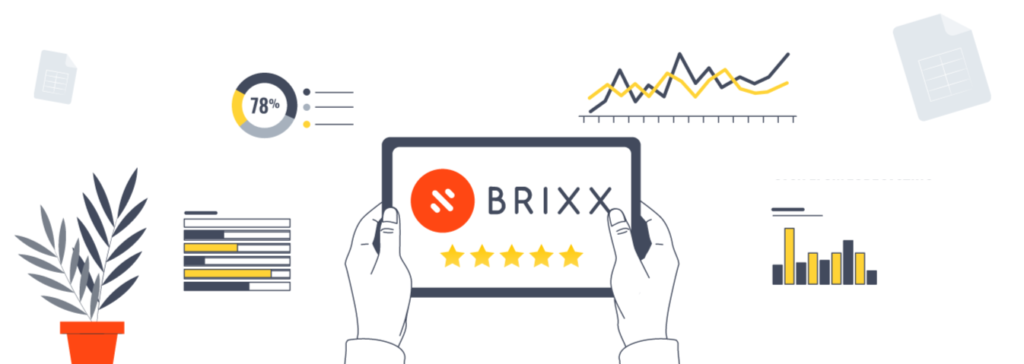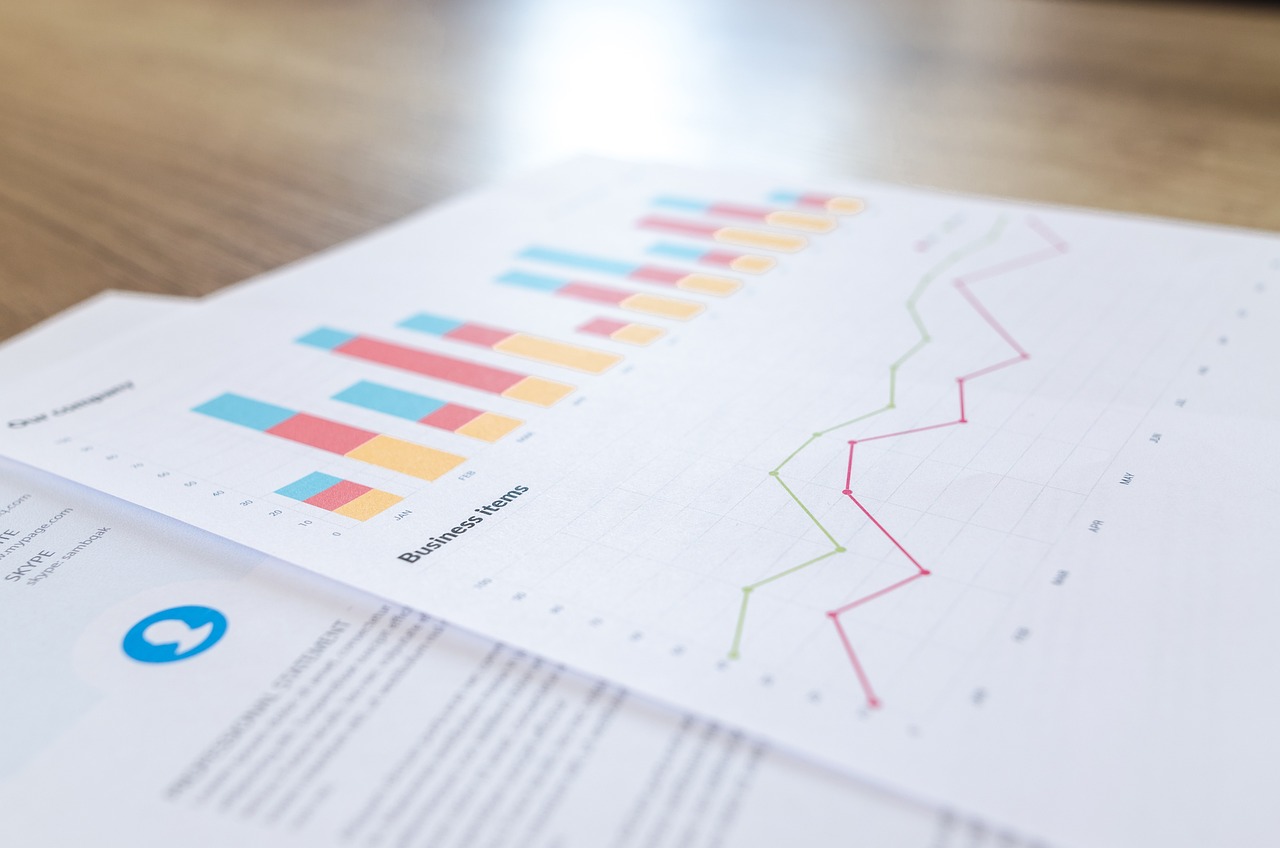

What’s the difference between credit vs debit?
Credit and debit are two different financial terms that are used in transactions. The main difference between credit and debit is that credit represents money that is borrowed, while debit represents money that is already owned.
What is debit?
Debit refers to an entry on the left-hand side of an account ledger that indicates an increase in assets or a decrease in liabilities or equity. It can also refer to the use of a debit card or the deduction of funds from a bank account.
- Represents owned money
- Withdraws money directly from a bank account to make purchases or pay for services
- No interest is charged
- Cannot improve credit scores
- Examples include debit cards and checks
What is credit?
Credit refers to a financial arrangement between a borrower and a lender in which the lender provides funds or goods, with the understanding that the borrower will pay back the amount borrowed within a certain time period, usually with interest. Credit can take many forms, including loans, credit cards, lines of credit, and mortgages. Good credit means that a borrower has a history of responsible borrowing and repayment, which can make it easier to obtain credit in the future at favorable terms.
- Represents borrowed money
- Allows users to make purchases or pay for services without having to pay upfront
- Requires repayment with interest
- Can improve credit scores when repaid on time
Get started with our forecasting software so that you can plan your business' futureTrack debits and credits in Brixx
How Are Debits and Credits Used in Accounting?
Debits and credits are used in accounting to record financial transactions in a company’s chart of accounts. In accounting, a debit is an entry on the left side of an account, and a credit is an entry on the right side of an account.
There are 5x major accounts that are influenced by debits and credits.
Asset Account
An asset is an item which financially benefits a company. Assets can include cash, inventory, accounts receivable, and property.
Expense Account
Expenses are charges made by a business on a day-to-day level. Expenses can include marketing, rent, travel, employee salaries.
Revenue Account
Revenue refers to the income of a business. Revenue can include sales, services, investments, and interest.
Liability Account
Liabilities refer to the charges that a business is required to pay. Liabilities include bank fees and loans, income tax, and accounts.
Equity Account
Equities are net assets, or a business’ overall value after liabilities have been accounted for. Equities can include real estate, bonds and stocks, alongside pensions and retirement.
Debits and Credits with Brixx
Debits and credits are intertwined and will always be found together. If one account of a transaction is debited then another account will always be credited. This can be something best left to the accountants to deal with. Alternatively, if you’re a small business looking to manage the business finances internally, then the use of a financial modelling tool such as Brixx allows the complete visibility of these accounts. If you update in one section of Brixx, the software smartly generates new reports with updated readings.













